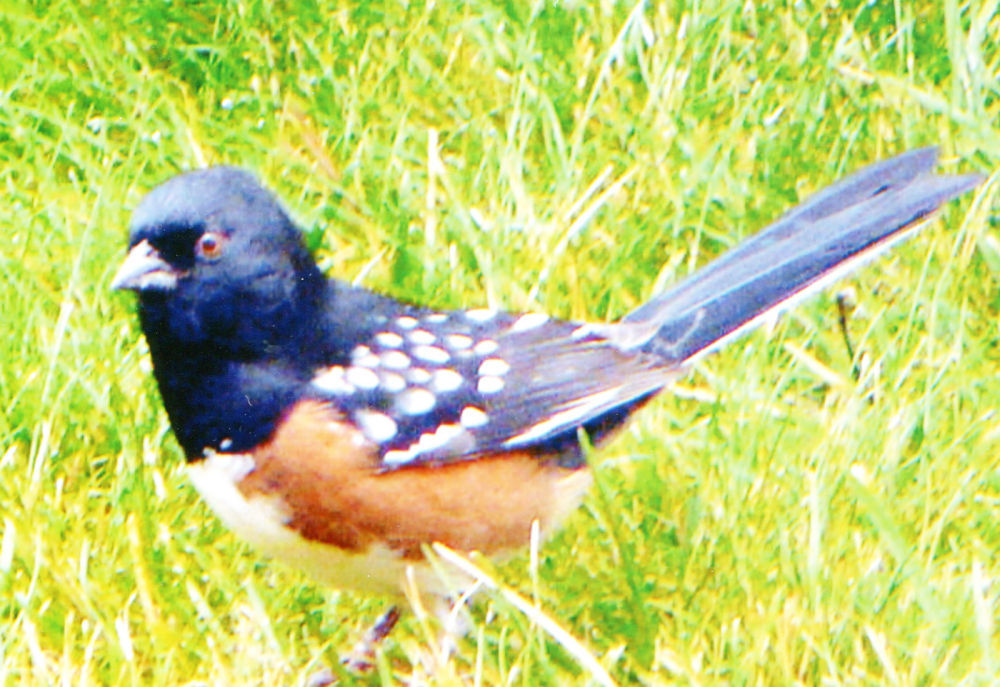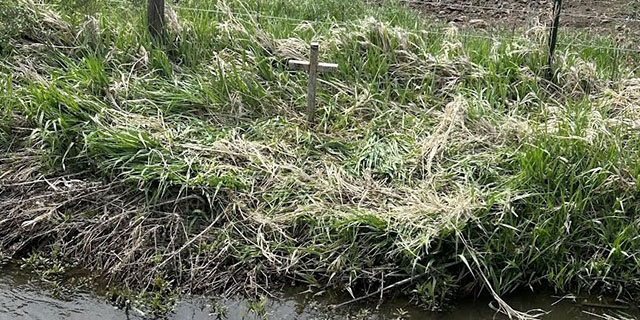Towhee only looks like a robin
Published 4:00 pm Tuesday, March 5, 2013

- <p>A male rufous-sided towhee. Commonly confused with robins, towhees actually belong to the family of finches, sparrows and buntings.</p>
I have taken several photos of rufous-sided towhees when we were living on our five acres along Hurricane Creek, but this is my favorite because this beautiful male was out in the grass instead of under the shade of a juniper tree.
Another common name of these towhees is ground robin. But they actually belong to the family of finches, sparrows and buntings. Rufous-sided towhees can be found throughout most of the United States and they breed from southern Canada down to the southern states and California.
These towhees are fairly numerous in Wallowa County but prefer the most brushy habitats such as all along Joseph Creek. We got to see a few of them every year when they stopped in on their way to or from their wintering grounds. They were always scratching for seeds under our juniper trees, along with large flocks of juncos. Towhees have this peculiar habit of kicking backwards with both feet among the leaves to uncover insects or seeds.
Besides ground robins, they used to be called chewinks as that is the most common sound they made. They later were renamed red-eyed towhee, and changed again to the present rufous-sided towhee. They are ground-nesters, but their nests are difficult to find as they are hidden under the most tangled bushes. They lay four or five eggs which hatch in less than two weeks. Their young are fed beetles, caterpillars, moths, grasshoppers and even wasps. Adult towhees also eat buds and seeds.
Like most all ground-nesting birds, young towhees leave the nest before they can fly and hang out in the underbrush. Their young are camouflaged with their dull colors and dont get their adult plumage until next spring. When we start getting cold, frosty nights, our towhees are long gone to warmer climates, but we should start seeing a few next month on their way back to their breeding grounds.





